Even More Ender 3s – The Neo Series
A few months ago we looked at the Ender 3 S1, a seriously upgraded version of Creality’s popular 3D printer. Stuffed with features and right up to date, this is a really impressive machine – but at over £400 it’s a long way from the Ender 3’s economical roots. It seems Creality are aware of this, and now they’ve announced no fewer than three new models that take advantage of the latest technology while remaining very affordable. They’re calling these updated Enders the Neo series. Let’s have a look at what makes them different.
The Neo Series
Creality have announced Neo variants of the standard Ender 3, the Ender 3 V2 and the Ender 3 Max. Each of them have a different range of upgrades, but there are three they all share: A 32-bit motherboard, a new all-metal extruder and, most exciting, the CR Touch auto bed levelling system. Beyond that they each have some tweaks of their own.
Ender 3 Neo
Like the original version the Ender 3 Neo is aimed at people who want a capable and expandable 3D printer at an economical price. It’s mostly the same as the Ender 3 we all know and love, including the slightly old-fashioned display. If full-colour touchscreens are important to you, well, this printer doesn’t have one. On the other hand the monochrome screen with its big selection knob might not be flashy but it is reliable and simple to use.
The 32-bit motherboard is a nice upgrade, although to be honest it’s been filtering through on standard Ender 3s for a while too. The all-metal extruder is also nice, although personally I think that should be the entry level by now. The really big innovation on the Ender 3 Neo is the CR Touch, and I have to say that auto levelling on an out of the box printer at this price – it should sell for $219 in the USA, so hopefully around the £200 mark here – is pretty exciting.
There’s one other upgrade to the Ender 3 Neo. The basic model’s flexible plastic build plate has been replaced with a carborundum glass one. The Creality glass plate is fairly durable and I’ve had good results with them, so this is a nice touch.
Ender 3 V2 Neo
The Ender 3 V2 has always been a slightly higher-spec alternative to the basic model. It’s essentially the same printer, but has an upgraded colour (but still not touchscreen) display, a 32-bit motherboard as standard and a repositioned power supply that’s built into the base instead of perched slightly precariously on the frame. Creality have stuck to that principle with the Neo version, adding some new features to keep it ahead of the 3 Neo. The most obvious is that the V2 Neo uses the same new gantry as the Ender 3 S1, although it doesn’t have the S1’s direct-drive extruder and ribbon cables. Because the V2 has always come with a glass build plate Creality have upgraded this too, replacing it with a flexible PEI-coated steel one. I’m using a similar one myself right now, and it’s great – I’ve had no adhesion problems so far, but because it’s flexible prints are much easier to remove than from the occasionally stubborn glass. With a planned US price of $299 the V2 Neo costs a little more than the base model, but justifies that with added features.
Ender 3 Max Neo
And finally there’s the Ender 3 Max Neo. The original Max is basically just an Ender 3 with a larger frame, expanding the print volume from 220x220x250mm to 300x300x340mm. The new version keeps that basic idea but adds the three core Neo upgrades and a few others. It now has V2-style belt tensioners, which can be adjusted by turning a knob instead of faffing around with allen keys. The screen has been upgraded to the same colour unit as the V2. The Neo is also fitted with dual Z axis drives, which is a very sensible move on a larger model like this. The only downside is that, unless Creality have made a typo, the build volume has dropped slightly to 300x300x320mm. The US price should be $369, so the Max Neo will probably cost around £325-£350 in the UK.
What We Think
From what we know so far the Neo series look like great upgrades to the Ender 3 range. However, Creality don’t have any current plans to retire the original models, and that’s good news too. If the pricing for the Ender 3 Neo isn’t too badly inflated over that $219 US price, there’s no reason it shouldn’t replace the standard model as an entry level 3D printer – and that will push the price of the original Ender 3 down even more. I’ve now found it on sale for as low as £139, making 3D printing accessible even to people on a tight budget. The Neo has all the things a basic 3D printer should have these days, but even the original version is a lot better than no 3D printer at all. I really can’t see a down side to this new move by Creality.

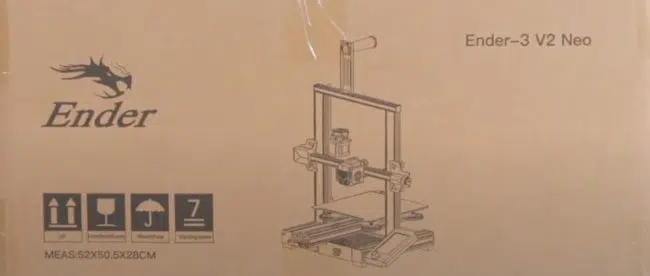
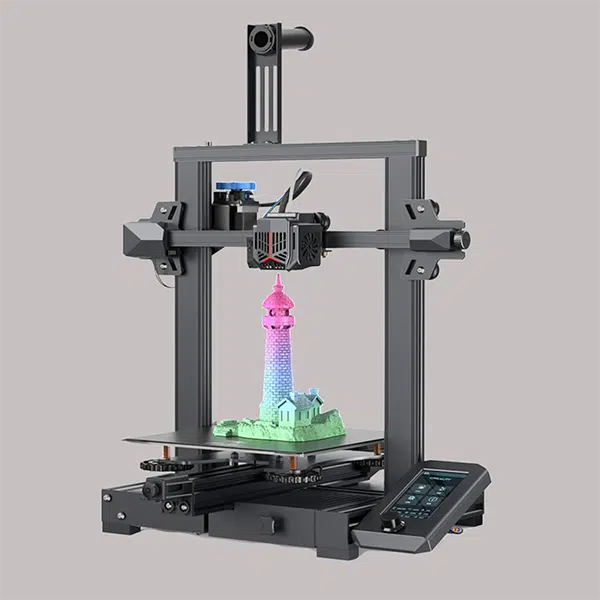
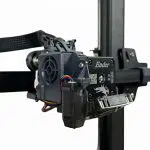
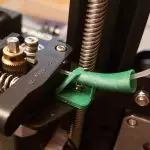
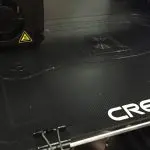
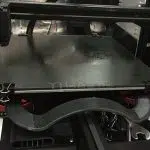
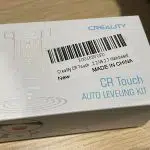
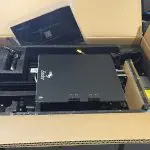
Leave a comment
You must be logged in to post a comment.